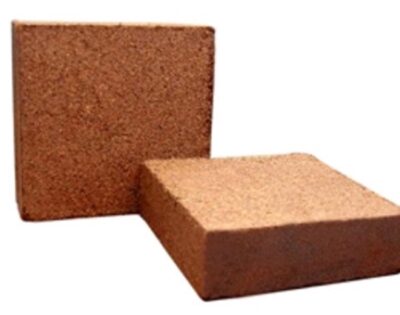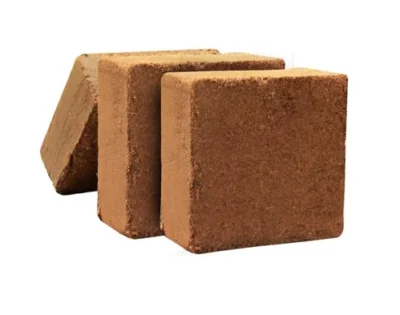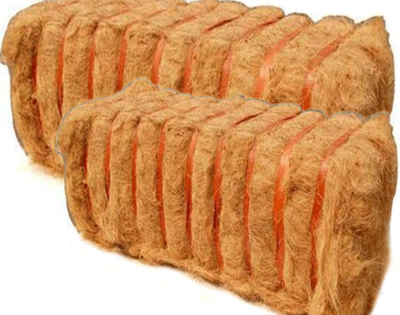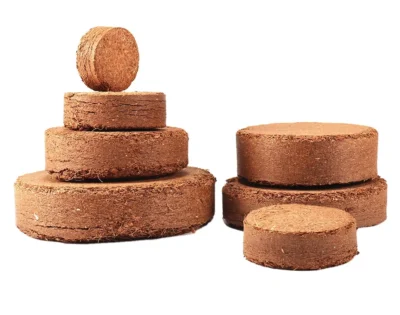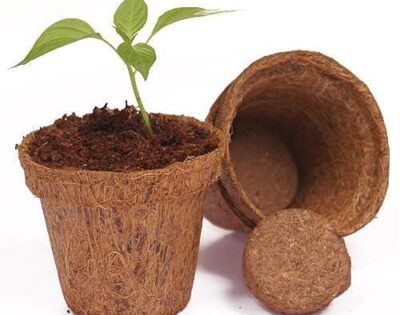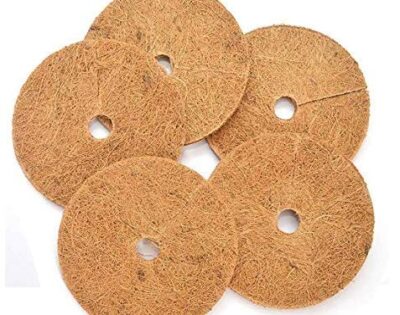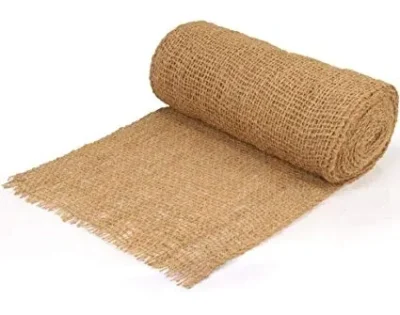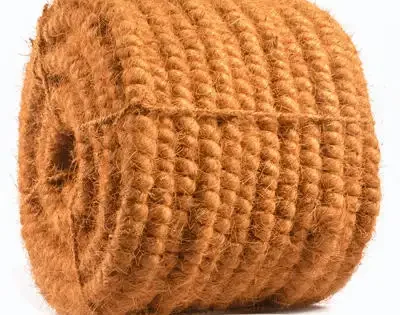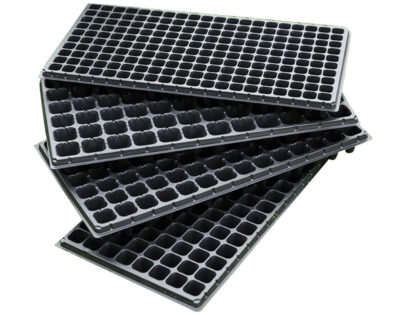Coco Peat in Australia

When it comes to Coco Peat in Australia coco peat in Australia, Kopeat Exports is the company you can trust. As a leading exporter of coco peat products, we are dedicated to delivering superior quality and sustainable solutions to our customers. With our commitment to excellence and our focus on eco-friendly practices, we have established ourselves as a trusted name in the industry.
Coco Peat in Australia also known as coir pith or coconut coir, is a versatile growing medium derived from the husks of coconuts. It is renowned for its outstanding water retention properties and its environmentally friendly characteristics. As a natural and renewable resource, coco peat is a sustainable alternative to traditional peat moss. At Kopeat Exports, we understand the importance of eco-friendly products, and we are proud to offer coco peat as a viable solution for gardening, horticulture, and agriculture.
OUR PRODUCTS
FAQ
What is the pH of coco peat?
With a pH of approximately 5.8 – 6.8, coco coir is slightly alkaline, meaning no extra products are required to neutralise soil. This level of acidity is also considered to be perfect for slowly releasing nutrients.
Can I use cocopeat for rose plant?
It has been observed that a lot of rose growers now use Coco Peat in trafts instead of buckets. The trafts with similar benefits as buckets is mostly used in the hydroponic systems . Cocospeat has proven to be an excellent growing medium for the entire growth period of roses
Do you need to wash cocopeat?
Unwashed or poorly washed Coco Peat has large amounts of sodium, potassium and chlorides and thus exhibits high salinity/salt contents (Ec >0.6-0.8 units) and has high pH (above 7.0 units). At high pH, many nutrients are locked up and are unavailable to the potato crop.
What are the disadvantages of coco peat?
Additional Coco Peat Disadvantages to Consider
• Quality Concerns. Since Coco Peat has become so popular recently, the supply must be increased to keep up with demand. …
• Creeping Phenomenon.
• Limited Plant Support.
• High Salinity Content.
• Lack of Nutrients.
Do you water coco every day?
The frequency of watering depends on the evaporation and the water supply in the COCO. A common rule is; one daily watering is sufficient during the first few weeks under normal circumstances; then increase up to 2 times a day; 2 hours after the lamps have been turned on and 2 hours before they are switched off again.

